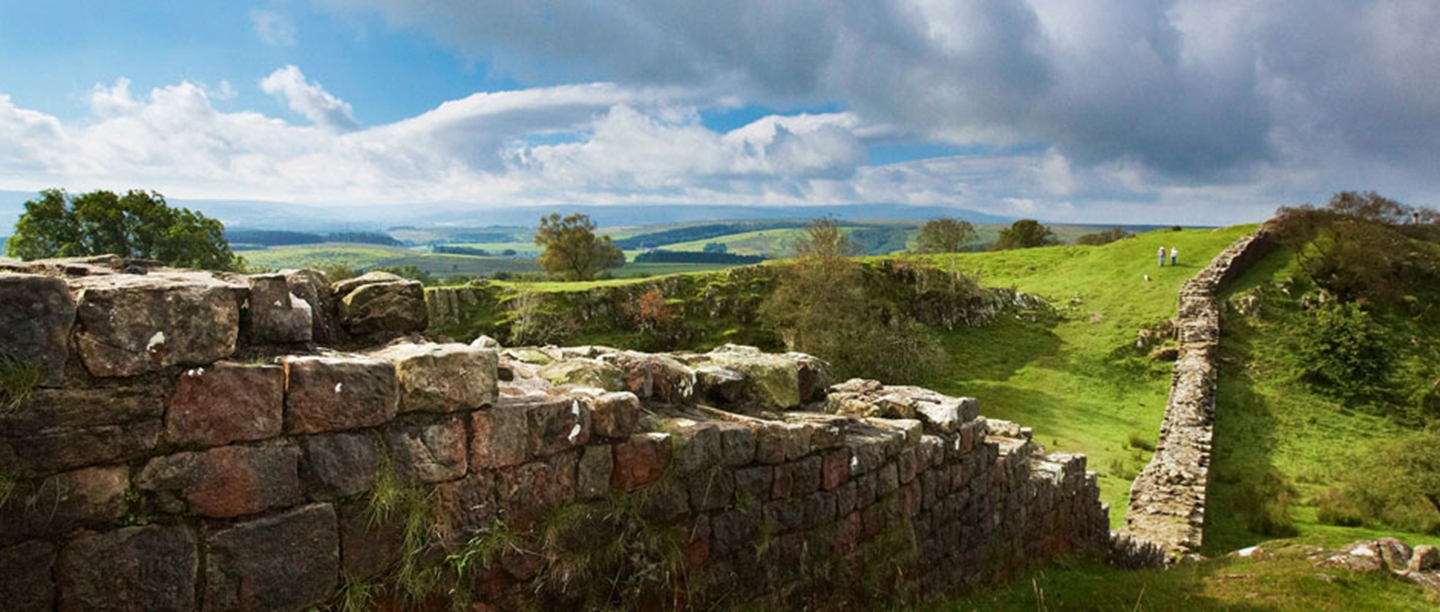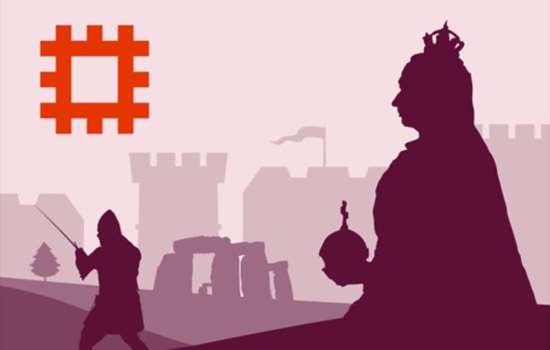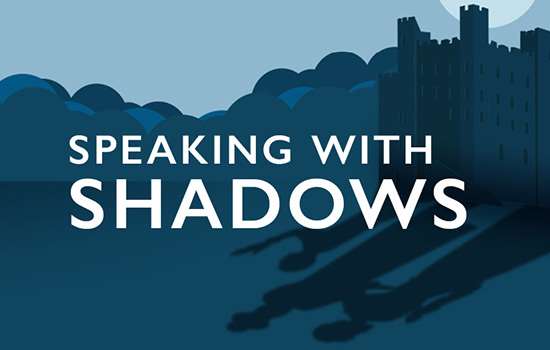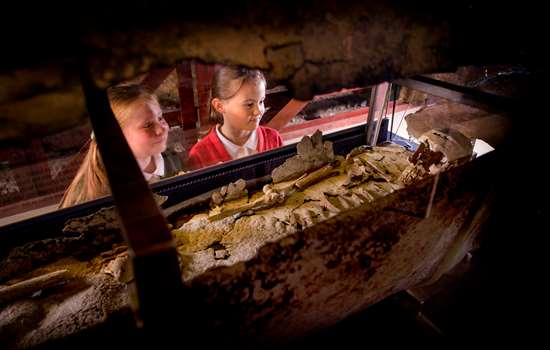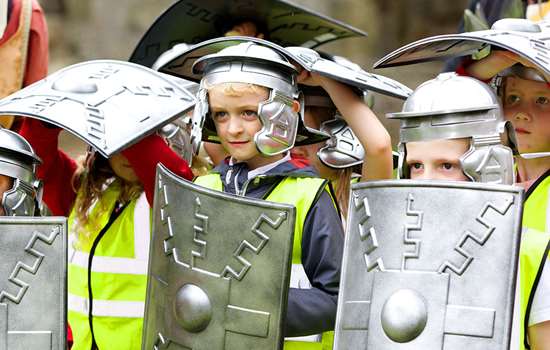Get to Grips with the Area
Hadrian's Wall was part of the Roman Empire’s northernmost frontier. It was a border but also a place where borders were crossed, which made it an exciting and vibrant place. People came here from across the three continents of the Empire: Europe, Africa and Asia. The Wall was a cultural melting pot where people of different heritages came together.
Building started in AD 122 at the order of Emperor Hadrian. It was built to protect Roman territory against raiding and control entry into Britain. The Wall was also a place where communities developed. Hadrian’s Wall is 73 miles (80 Roman miles) long and incorporated many different features. As well as the Wall, there was an earthwork, ditch, milecastles, forts, turrets and bridges.
It probably took at least six years for the army of Britain to build Hadrian's Wall. Hadrian's Wall was built on high ground to the north, taking advantage of the natural features of the landscape. Most of the Wall was built in stone but the 30-mile section to the east was made of turf. In front of the structure, there was a large ditch, except where there were natural crags. At each mile there was a guarded gate protected by a fortlet called a 'milecastle'. There were also two turrets between the milecastles which meant that there were observation points at every third of a mile along the Wall.
Hadrian's Wall was operated by auxiliaries (non-citizen soldiers). They formed infantry and cavalry regiments stationed in the forts along the Wall, like Chesters, Birdoswald and Housesteads, and in the turrets and milecastles. Those based along the Wall had mostly been recruited from the north-western provinces of the Roman Empire but some were from further afield, both inside and outside the Empire. We don't know much about civilians in the early years of the Wall, but excavations and geophysical surveys have shown evidence of large settlements around the forts by the 3rd century. These settlements were where merchants, veterans and the families of the garrison lived and worked.
Top Resources
-
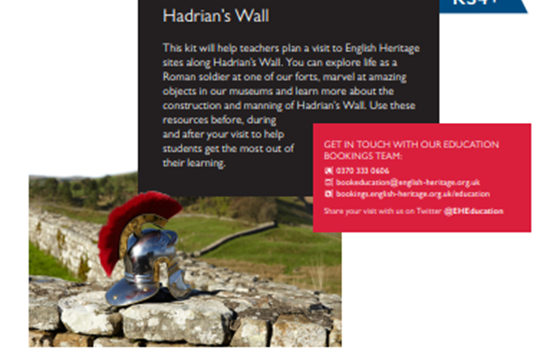
Hadrian's Wall Teachers' Kit (KS1-4+)
Use the information and activities in this Teachers' Kit to explore the story of Hadrian's Wall.
-
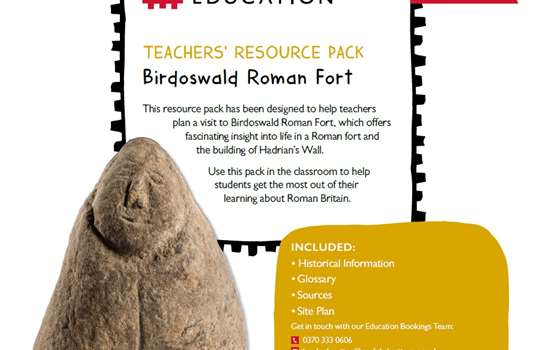
Birdoswald Roman Fort Teachers' Resource Pack
Discover more about Birdoswald Roman Fort by using the historical information and site plans in this teachers' resource pack.
-
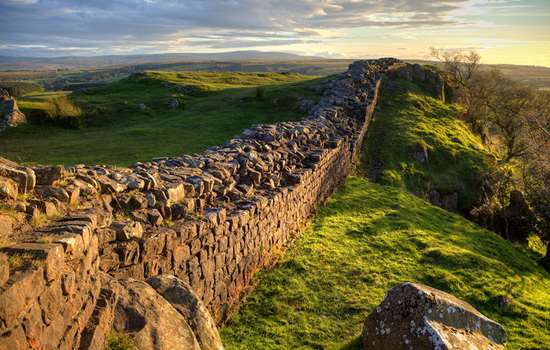
History and Stories: Hadrian's Wall
Read the full history of Hadrian's Wall and explore the many stories connected with this unique monument.
-

Curators' Collections: Hadrian's Wall
Hear from our curator, Frances McIntosh, about some of the most interesting objects found along Hadrian's Wall.
-
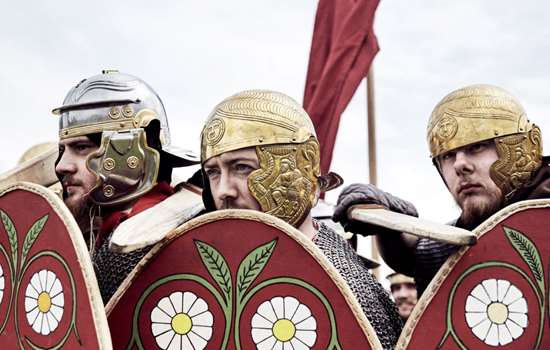
An Introduction to Roman Britain
Explore the story of the Romans in Britain using our brief introduction.
-
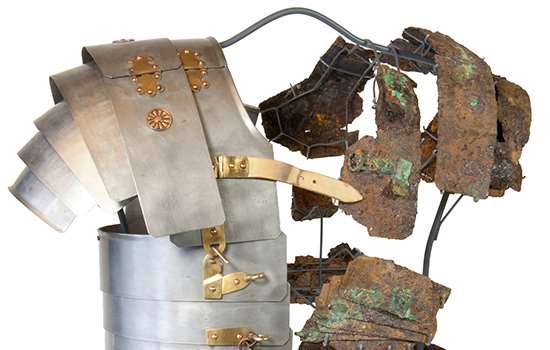
Corbridge Collection Highlights
Find out more about life in Roman Britain by studying some of the objects in the collection at Corbridge Roman Town, a settlement near to Hadrian's Wall.
-
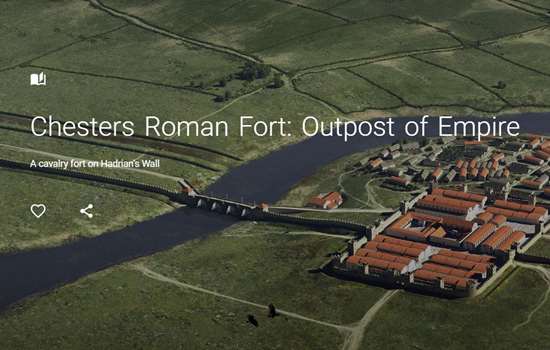
Chesters Roman Fort: Outpost of Empire - Google Arts and Culture Exhibit
Explore Chesters Roman Fort to find out more about life in an outpost of the Roman Empire.
-
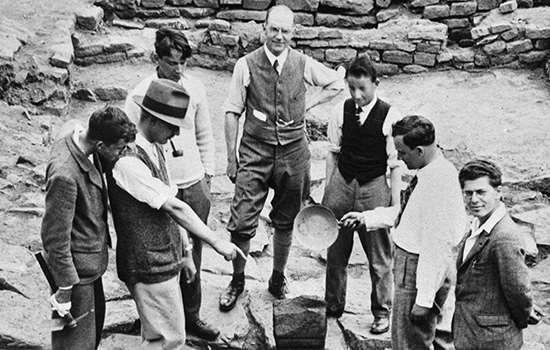
Uncovering the Secrets of Hadrian's Wall
Discover how archaeologists are still finding and studying clues left behind by the Romans to better understand life on Hadrian's Wall.
Suggested Activities
-
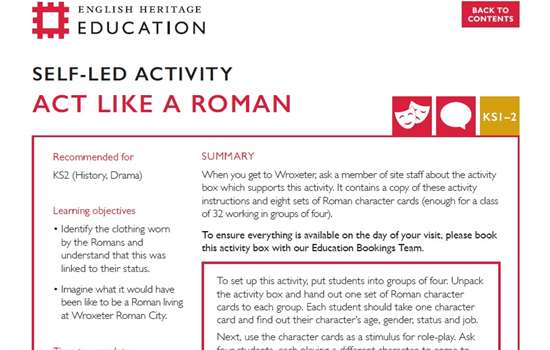
Act Like a Roman (KS1-KS2) - Wroxeter Roman City Teachers' Kit
Find out more about the Romans by learning about their jobs and behaviours. Could you act like a Roman?
-
How to make a Roman Mosaic
Get inspired to create your own Roman mosaic recording the story of Hadrian's Wall.
-
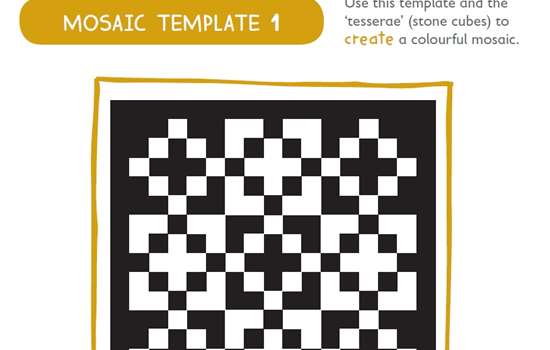
Mosaic Templates - Wroxeter Roman City Teachers' Kit
Use our mosaic templates to kick-start your mosaic designing.
-
Rotten Romans Quiz with Rattus Rattus
Test your knowledge of all things Roman with Rattus Rattus' rotten quiz.
Video Resources
-
Why Was Hadrian's Wall Built?
Find out why Hadrian built his famous wall to mark Rome's northern frontier in this short animation.
-
How did Roman Legionaries Live?
How did Roman Legionaries find life on Hadrian's Wall? Meet a Roman Legionary to find out.
-
How did the Romans Change Britain?
What did the Romans do for us? Find out about the Roman features, sayings and infrastructure we still use today.
-
Tales from English Folklore: The Cult of Mithras
The Temple of Mithras on Hadrian's Wall still puzzles historians and archaeologists today. Hear about its mysterious history from a folklore expert.
Link Your Learning
ENGLISH - Hadrian's Wall was made a World Heritage Site in 1987. Ask learners to write a persuasive letter, addressed to UNESCO, making the case for why this monument deserves this special status, highlighting their research into the unique history of Hadrian's Wall.
SCIENCE - Consider the characteristics of the materials used in the construction of Hadrian's Wall (stone, timber, turf) and what makes them good for building with.
MATHS - Ask learners to reflect on the length of Hadrian's Wall. The Wall is 73 modern miles long but it's 80 Roman miles long. How many modern miles are there in a Roman mile? Learners could also convert the Wall's length in modern miles into kilometres.
GEOGRAPHY - Find out more about the location of Hadrian's Wall and the Antonine Wall. Chart the course of Hadrian's Wall on a modern map and compare this with the path of the Antonine Wall. Learners could research the stories of the two walls to compare and contrast their construction and their use by the Romans.
ART AND DESIGN - Choose a Roman god to depict in a sculpture or carved tablet like those found along Hadrian's Wall. Learners could develop their designs on paper, mould them in clay or carve them into soap.
DRAMA - Research the life of a Roman Legionary on Hadrian's Wall and create a short performance reflecting a day in the life of the Wall. Use our Meet a Roman Legionary video to help inspire your role play.
Visiting Hadrian's Wall
Find Out More'Linking your teaching to your local area is a fantastic way for your students to learn more about their locality, and understand why and how their community has changed and developed. By booking a free education visit to one of our sites, you can explore local stories and bring the history of the area to life.
Hadrian's Wall stretches for 73 miles from coast to coast. It was built to defend the Roman Empire's northern frontier and control movement in and out of Roman Britain. You can explore the remains of the forts, towers, turrets and towns that kept watch over the Wall and grew up around it, including Housesteads Roman Fort, Chesters Roman Fort, Corbridge Roman Town and Birdoswald Roman Fort. These fascinating sites provide an enriching, cross-curricular approach to your topic, including history and geography, and students have the opportunity to develop their enquiry skills in a variety of different ways.
Education visits to our sites on Hadrian's Wall are free, as is a planning visit for the group leaders, which provides the chance to explore the Wall and the local area to ensure that you can make the most of your trip. To support your planning, there is a wide range of downloadable resources available, with information to support students’ learning before, during and after their trip. If there is any way I can help with your visit to Hadrian's Wall, please do not hesitate to contact me!'
- Helen Klemm, Education Visits Officer (North East)
